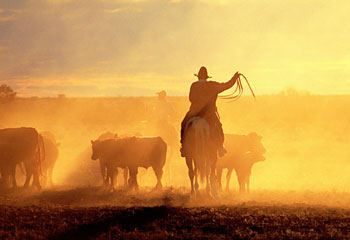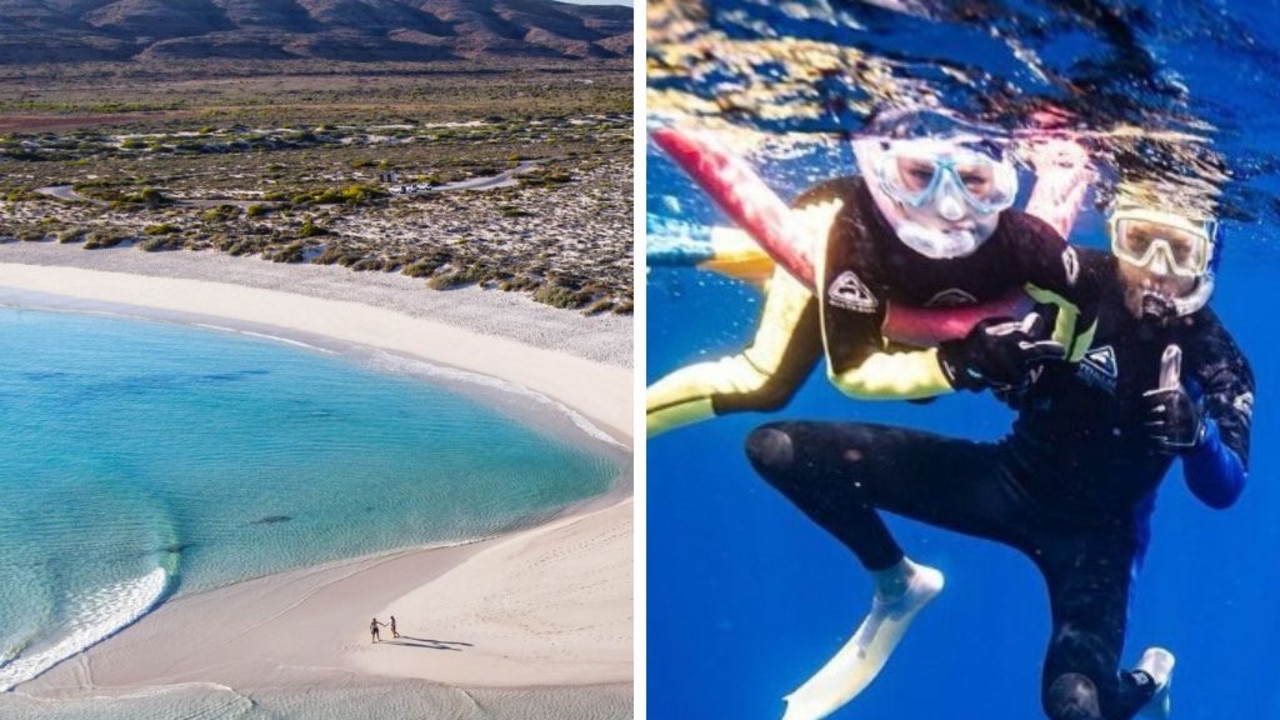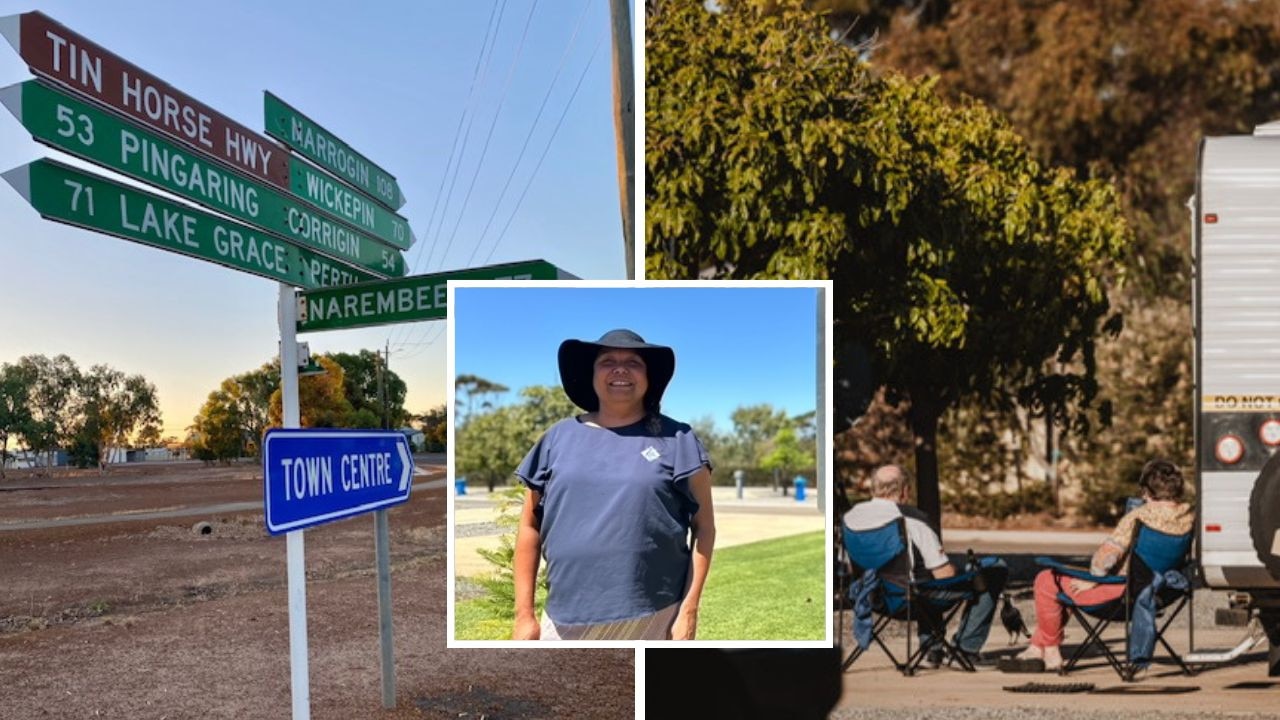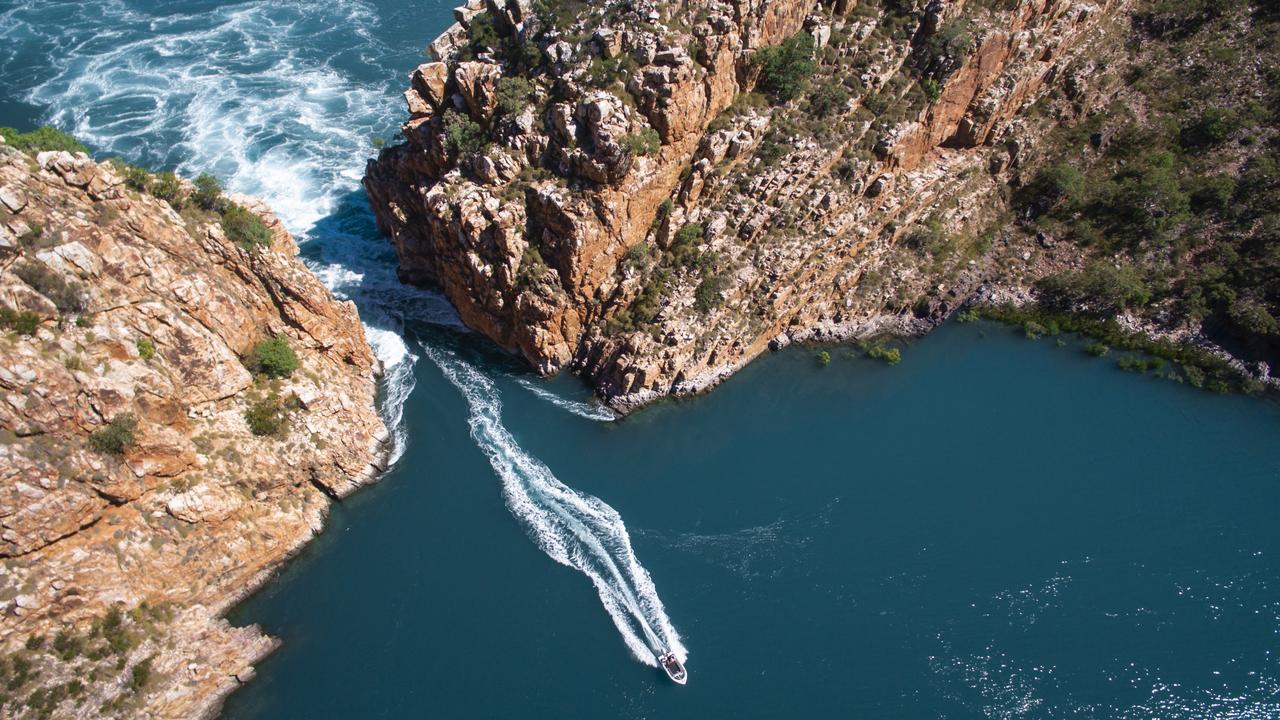Taking stock of the Canning trail
AUSTRALIA'S growing 4WD culture has offered the old Canning Stock Route, through the northeastearn deserts of WA, a new incarnation as a tourist trail.

JACK Gordon has seen a lot of traffic pass by on the Canning Stock Route.
The drovers and cattle of his younger years have evolved into grey nomads and four-wheel-drive enthusiasts these days.
But he is still watching with keen eyes and a shy smile.
What is more, he believes the desert traffic offers his community an economic lifeline that he is eager to grab.
One hundred years ago, Alfred Canning opened up the Canning Stock Route - through four deserts in the northeast of Western Australia - to bring cattle to the south of the state.
The gold rush in the east of WA was driving demand for meat, and cattle transported by sea from the north were arriving in such poor condition that the state government decided another route was needed.
Mr Canning, who had already surveyed the route for the state's rabbit-proof fence, was hired in 1906 to carve a track - from Halls Creek in the Kimberley to Wiluna in the south.
Working with 20 men, 62 camels, two horses and 400 goats for meat and milk, Mr Canning finished the 1850km track in March 1910, having established 51 wells and watering points along the way.
Jack Gordon, who is known in his community as Tjilnga, was born in nearby Gordon Downs but went to Billiluna Station as a child and worked his way up to the position of head stockman.
"I remember my second brother and my Uncle Wally used to drove on the Canning Stock Route and I would go with them some of the way," Mr Gordon said.
He was speaking from the Nyarna Aboriginal community at Lake Stretch, about 200km southeast of Halls Creek.
"It was really busy along here back then and we used to muster the cattle and bring them in to Lake Stretch for a drink. Then my second brother and my uncle would take them down to Wiluna."
The stock route fell out of use by the 1960s and the 51 wells and watering holes along the track deteriorated significantly.
But in the 1980s, Australia's growing 4WD culture offered the stock route a new incarnation, and Mr Gordon - who says he is about 60 years old - started to see a different sort of traffic passing by his community.
"We get at least 100 (vehicles) past here every year now. We're working hard to attract more and figure out how the community can earn some money from all the tourists who come through," he told The Australian.
So far the community has set up bush toilets and a camp site on the banks of Lake Stretch, a 1km-long billabong fed by Stuart Creek on its way to Lake Gregory - the biggest natural inland lake in the southern hemisphere.
Mr Gordon said the Nyarna community, which is part of the Tjurabalan native title area determined in August 2001 - the claim for which was brought by his dead brother - was also investigating offering food-hunting tours and local craft classes for the scores of grey nomads and tourists who pass through the area each year.
As head of the tiny Nyarna community, Mr Gordon spends time teaching traditional Aboriginal laws and customs to local children and also works as an executive with the Kimberley Aboriginal Law and Culture Centre.
He is keen for tourists to recognise both the significance and importance of the area to the Aboriginal culture - and the challenging 4WD terrain.
Many of the wells along the route were established next to existing Aboriginal wells or were found by local Aborigines.
There are also a number of important rock art sites scattered along the track.
The WA Government has set up a $2 million project to locate and preserve the rock art sites as part of centenary celebrations for the Canning Stock Route.



